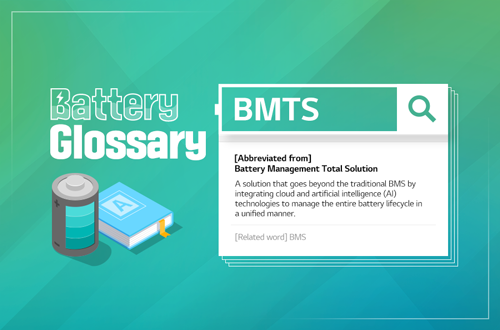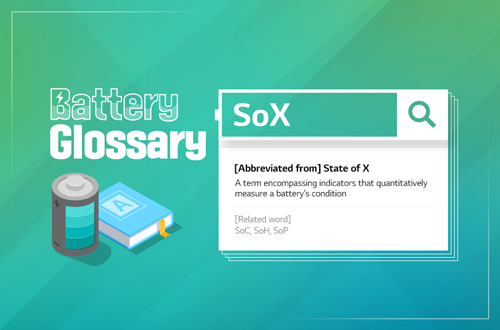The Energy Storage System (ESS) helps store energy and use it when necessary. But what if the type of electricity stored in ESS is different from the electricity we need? That is where PCS comes in.
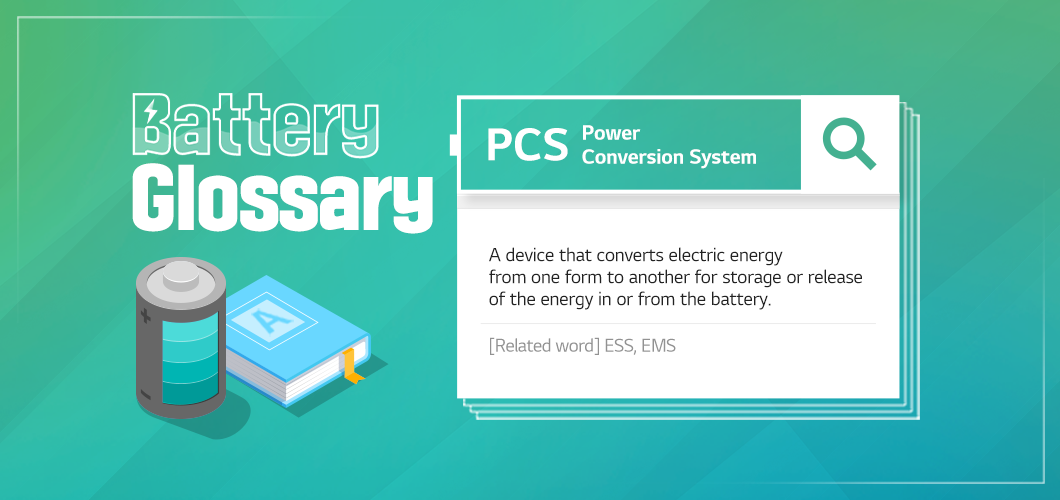
What is PCS?
The Power Conversion System (PCS) is a device that converts electric energy from one form to another for storage or release of the energy in or from the battery. In order to get the energy stored in the Energy Storage System (ESS), which is emerging as a solution to the energy shortage, PCS converts the energy to the form the end user needs.

Roles of PCS
The type of electricity stored in the battery through the ESS is direct current (DC) and what is supplied to electronic devices in general is alternating current (AC). As they are used for different purposes, AC needs to be converted to DC to store electricity in the ESS and vice versa for releasing the stored electricity. The PCS enables bidirectional power conversion between AC and DC, serving as both a charger and transmitter.
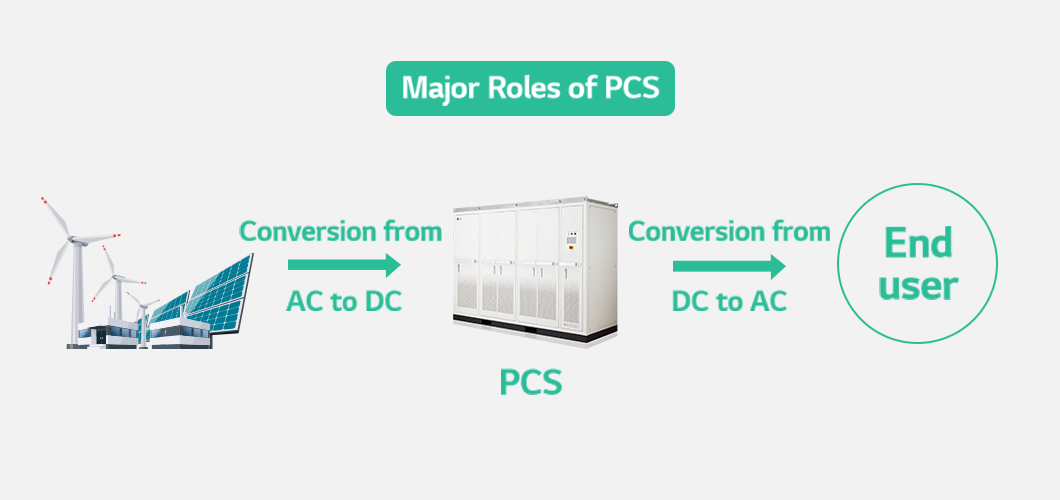
Features of PCS
Apart from power conversion, PCS controls the quality of electricity including active and reactive power while monitoring the voltage and operating status. Also, in case of a power outage, it can protect the power systems and goes into operation independently using batteries even without a power supply.
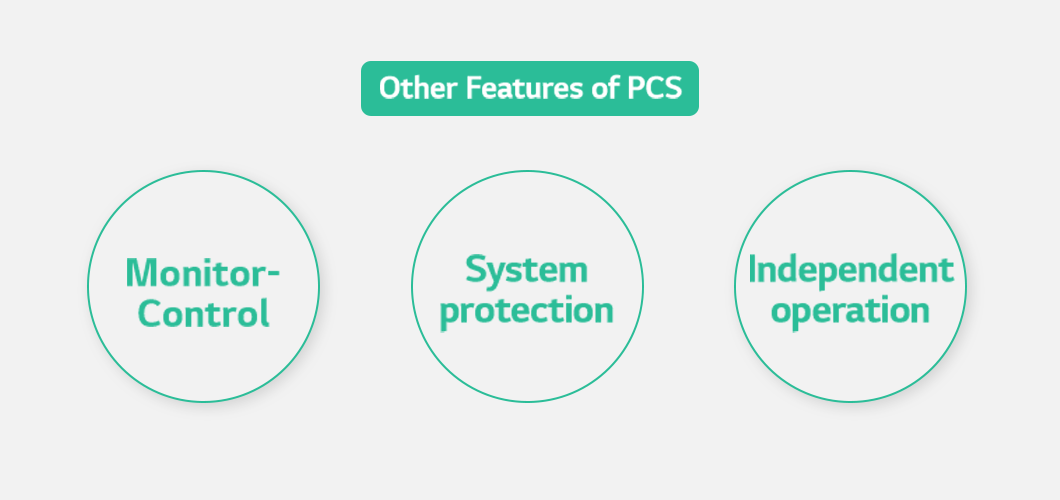
Like the PCS we’ve just explored, ESS is made with a lot of equipment and technology. Allowing more efficient use of renewable energy, the role of ESS is forecast to grow even bigger in the future. As ESS is expected to play an important role in realizing a carbon-neutral society, it would be great to learn related terms as well.
